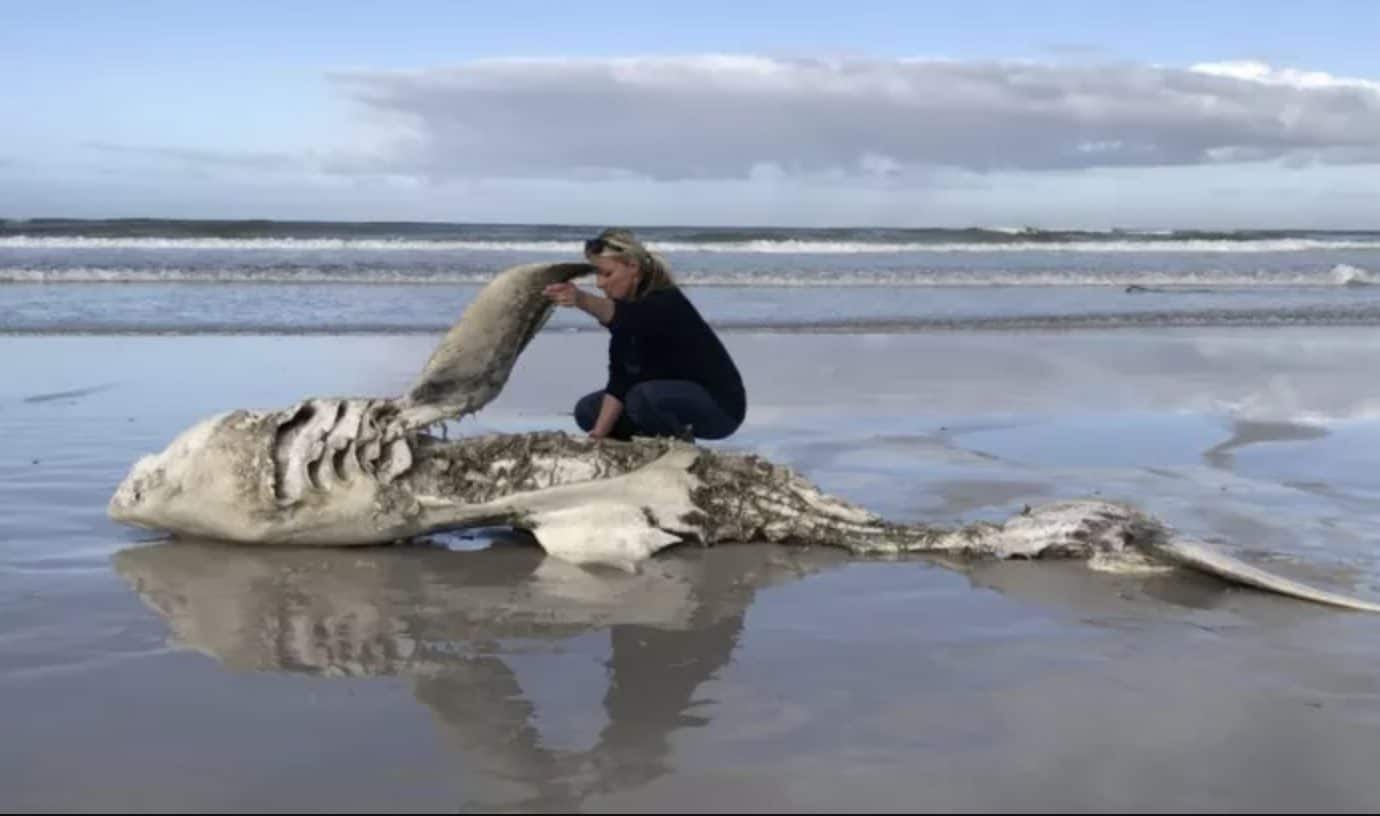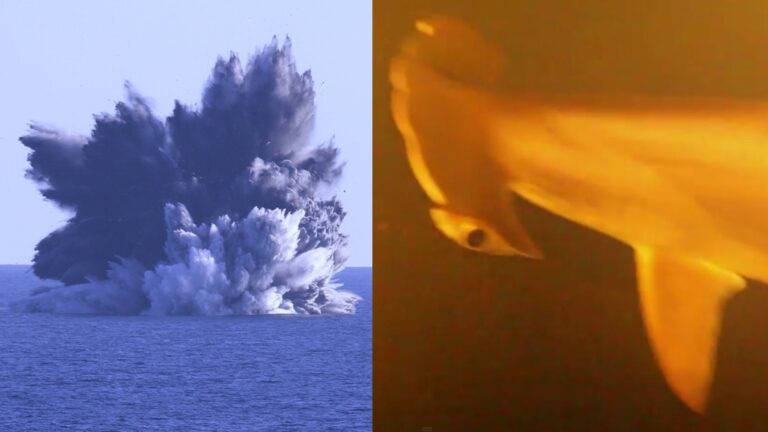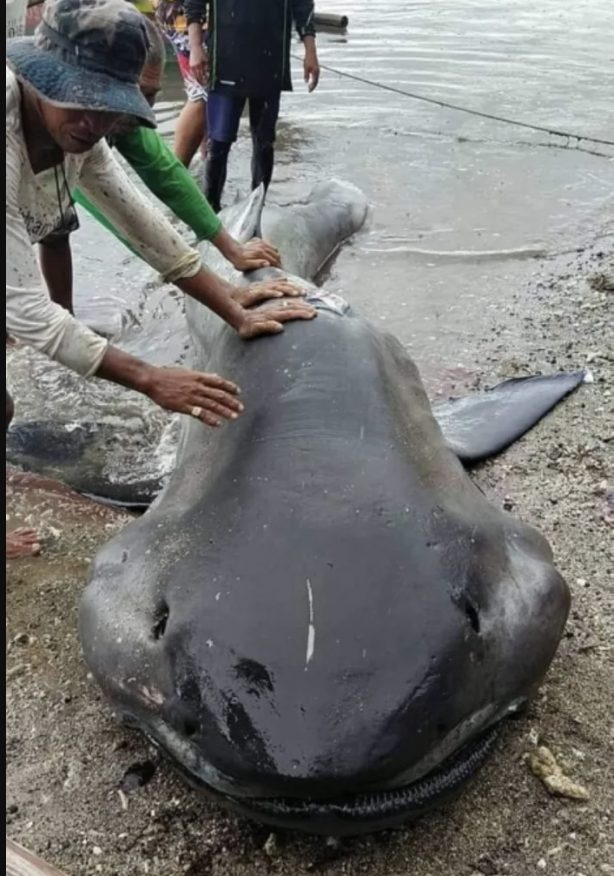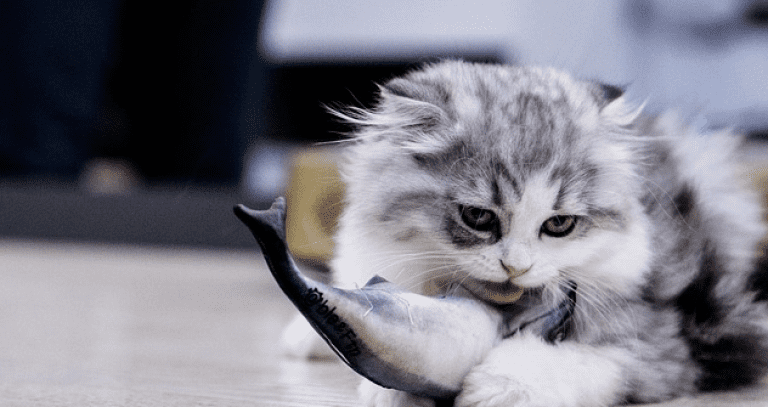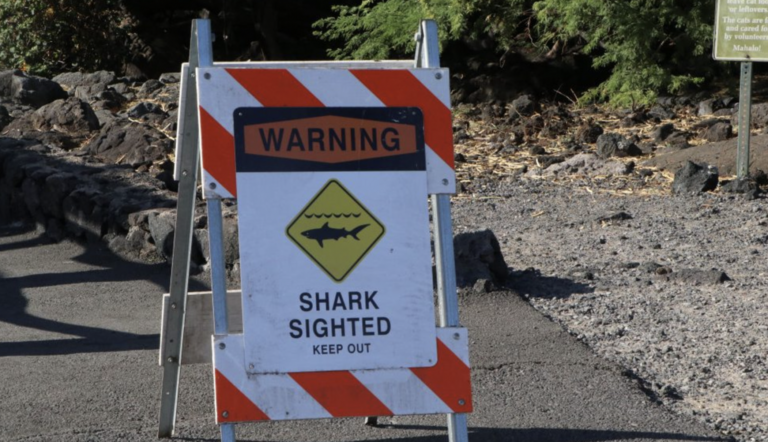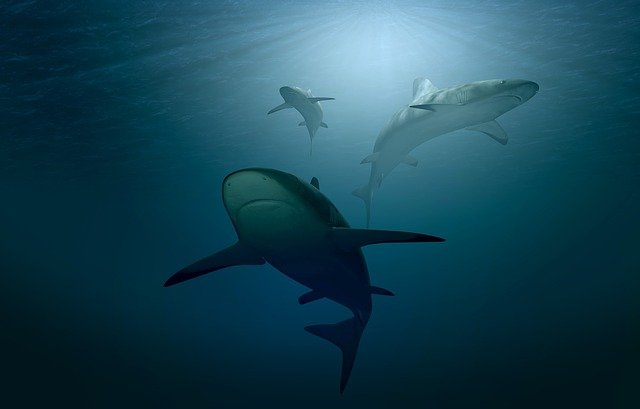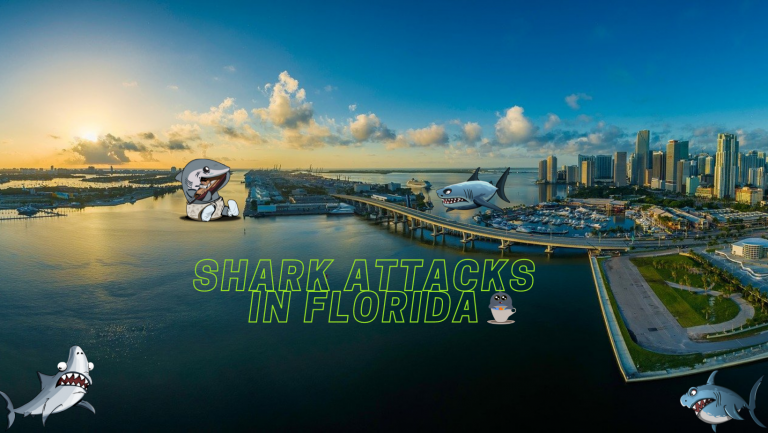Decline in Great White Shark Population in Gansbaai
Around Gaansbai, two killer whales have helped in the decline in great white shark population. Before the two orca whales terrorized the area, there would be at least eight shark sightings daily. The location was known for its great white population, making it a perfect spot for cage diving. This isn’t the case today.
Shark Eating Orcas
Since their 2015 arrival in Gansbaai, locals have seen more dead sharks than alive. The two male pair, named Port and Starboard by the whale watchers, have terrorized the South African coast, hunting for sharks. These killer whales love shark livers for its nutrient and energy. Between 2017 and 2020, eight sharks were washed ashore, missing their livers and some their hearts. Probably a lot more dead sharks did not wash up on the shore.
A shark biologist, Alison Towner, said that the more the orcas stay at the coast, the longer the sharks stay away. In some cases, sharks would disappear for weeks to months. This has caused another issue for the ecosystem. Since the great white sharks declined, another predator, the bronze whaler sharks, moved in. These sharks were not afraid of the orcas and came to enjoy the large seal population. Now, the orca pair have started to munch on them as well.
So why are these orcas attacking the sharks and scaring them off? Are we to blame? It’s not uncommon for killer whales to prey on a shark population, but it’s unheard of for them to impact sharks significantly. Scientists believe that there are several reasons why this is happening. For one, fishing has declined orcas food population. This in turn, makes them look for another food source. Another thing scientists have noted is that South Africa has a flat-toothed species of killer whales. They are known for terrorizing sharks. The pair of killer whales could be from this group of orcas.

